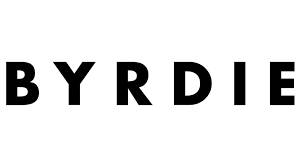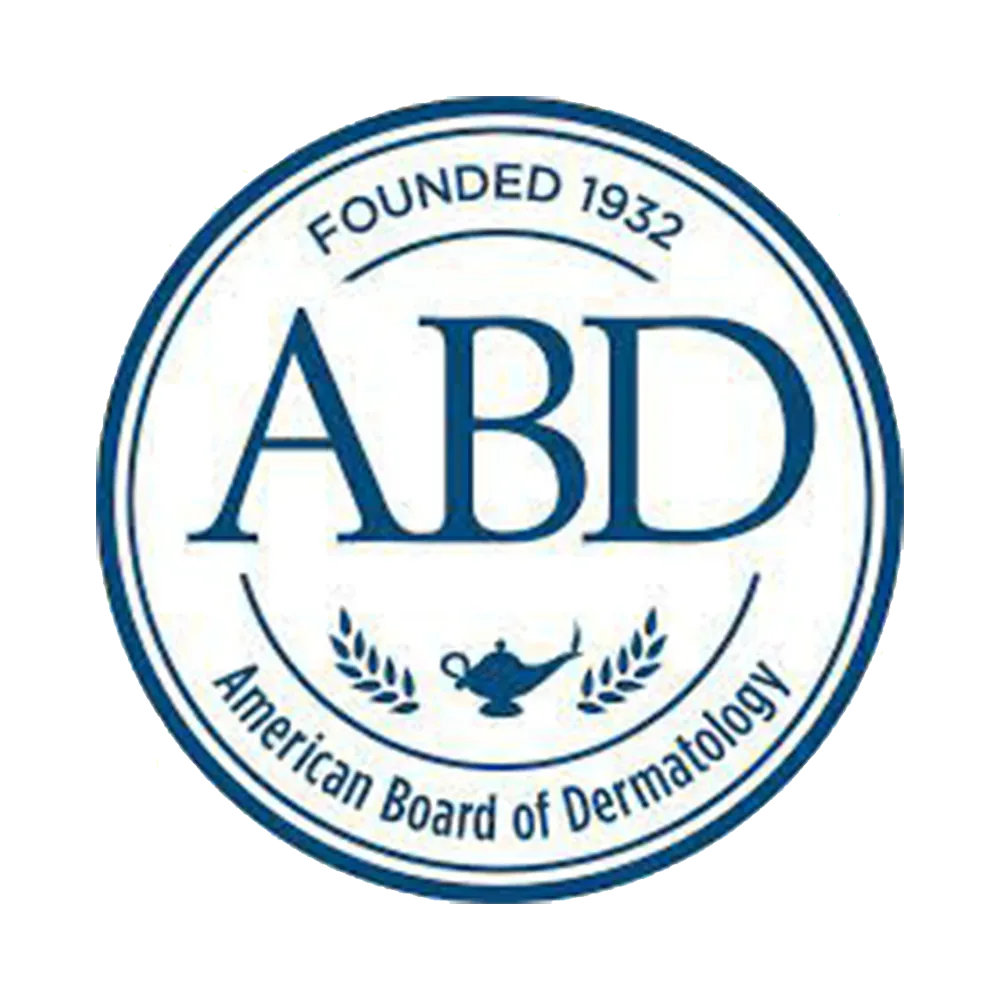PRP for Hair Loss
Harnessing the Power Within
PRP for Hair Loss
Hair loss, once considered an inescapable sign of aging or a genetic hand-me-down, has seen groundbreaking advances in treatment strategies, much to the relief of many men and women worldwide. Among these, platelet-rich plasma (PRP) therapy has surged in popularity for its promise of reviving dormant hair follicles using the body’s inherent healing power.
PRP therapy leverages the regenerative potential of growth factors in our blood. It involves drawing a patient’s blood, spinning it in a centrifuge to concentrate the platelets, and then injecting this enriched solution into the scalp where hair loss is prevalent. The theory is that these growth factors can stimulate hair follicles, promoting new growth and enhancing the health of existing hair.
Clinical studies on PRP for hair loss, though limited, are promising. A systematic review in the “Journal of Cosmetic Dermatology” found that most studies reported positive effects of PRP on hair loss, with increases in hair density, thickness, and growth. However, more extensive, high-quality studies are necessary to solidify these findings and establish optimal treatment protocols.
As of now, PRP is considered a safe procedure with few side effects. Common reactions include temporary soreness or swelling at the injection site. More serious side effects, like infection or scarring, are rare.
It’s important to note that PRP isn’t a miracle cure for all types of hair loss. It seems most effective in individuals with androgenetic alopecia, a common condition characterized by the thinning of hair on the scalp. For those with complete hair loss or scarring alopecia, where hair follicles are destroyed, PRP might not be effective.
PRP treatments are typically performed in a series, with maintenance sessions every few months to a year. It’s a commitment of both time and money, as insurance often doesn’t cover the procedure. Nonetheless, for those grappling with hair loss, the potential benefits of PRP might make it worth considering.
In this brave new world of aesthetic medicine, we’re continually finding innovative ways to use our bodies’ capabilities to enhance our well-being. PRP for hair loss represents one such leap, offering hope to those seeking to reclaim their crowning glory.
The journey to a more confident you starts with one decision. That is the decision to get treated, why wait Book Online today? If you’re on the fence or have questions brewing, remember: We at Sullivan Dermatology are always here to help.
Videos
PRP for Hair Loss
Achieve Healthy and Full Hair with PRP Therapy
If you’re battling hair loss and seeking a revolutionary, natural treatment, Platelet-Rich Plasma (PRP) might be the solution you need. PRP hair loss treatment is ideal for those who have tried traditional methods like over-the-counter products or prescription medications without significant results.
While this might seem like a novel approach, you might find yourself asking, Does PRP work for hair loss? The answer lies in the technique’s use of your body’s own regenerative abilities, providing a promising response to this concern.
You may still be wondering, Does PRP work for hair loss and if so, how? The PRP process starts with the collection of a small volume of your own blood. This blood is then centrifuged to separate the plasma rich in platelets from the rest of the blood components.
The PRP, packed with growth factors and proteins that promote cell repair and regeneration, is then injected into your scalp. PRP hair loss treatment leverages your body’s natural healing abilities to stimulate and invigorate dormant hair follicles, encouraging new growth and thicker, healthier hair.
The benefits of PRP hair loss treatments have been widely documented, with many patients experiencing significant hair regrowth, increased density, and improved hair health. The outcomes, however, are influenced by factors like the severity of hair loss, age, and overall health condition. Therefore, multiple sessions may be required to achieve the desired results.
Still pondering, Does PRP work for hair loss? The positive patient testimonials and increasing scientific evidence suggest it’s a method worth considering.
Regarding the PRP injection cost for hair loss, it can vary widely, depending on factors like the number of treatments required, the practitioner’s expertise, and your geographical location. Hence, it is advisable to consult with your healthcare provider or a hair restoration specialist to get an accurate estimate.
In conclusion, PRP hair loss treatment could offer a solution if you’re struggling with hair loss and haven’t found success with other treatments. It’s a procedure that capitalizes on your body’s healing capabilities to stimulate hair regrowth. However, always remember to seek professional medical advice before starting any new treatment.
FAQs About PRP for Hair Loss
PRP seems most effective for androgenetic alopecia, a common form of hair thinning. It might not be effective for conditions that cause complete hair loss or destroy hair follicles, like scarring alopecia.
PRP is generally considered safe, with few side effects. However, as with any procedure, there are potential risks, including infection and scarring.
Most patients experience minimal discomfort during PRP treatment. The scalp area is typically numbed with local anesthesia prior to the injections.
A PRP session typically takes about an hour, including blood draw, preparation of the PRP, and the injection process.
The cost of PRP treatment varies widely depending on geographic location and specific clinic policies, but typically ranges from $500 to $2,000 per session.
Results vary, but typically patients may see improvements in hair thickness and growth within three to six months. Regular maintenance treatments are required to sustain the results.
Common side effects include temporary soreness, swelling, or bruising at the injection sites. More serious complications, like infection, are rare.
Treatment protocols can vary, but many providers suggest starting with a series of three to four treatments spaced about a month apart, followed by maintenance treatments every few months to a year.
Yes, most patients can resume their normal activities immediately after treatment. However, it's best to avoid vigorous activities or hot showers for the first 24 hours to reduce swelling.
Therapy for hair loss is not specifically FDA approved, but it is widely used as an off-label treatment. Always consult a board-certified professional to discuss the benefits and potential risks.







